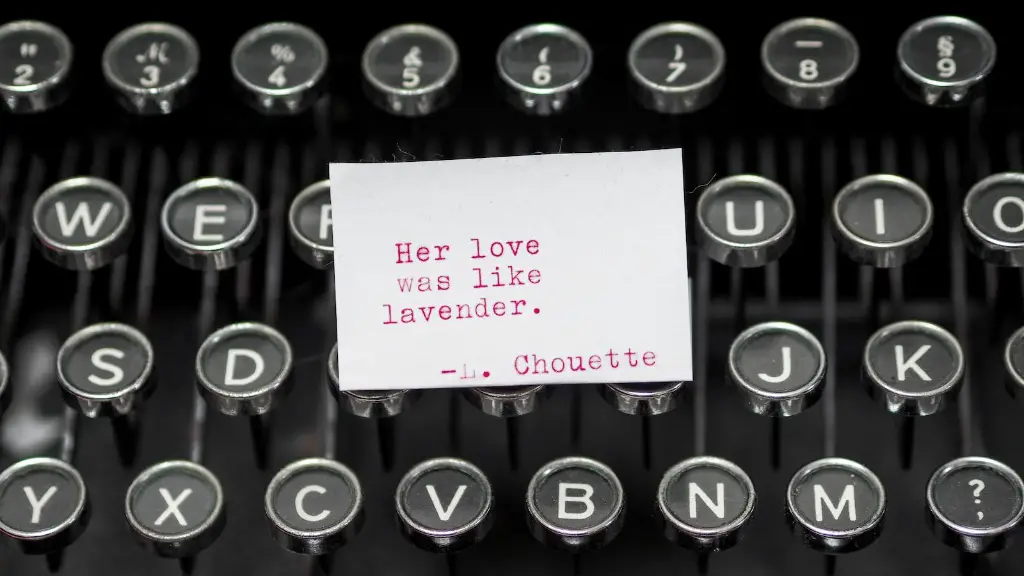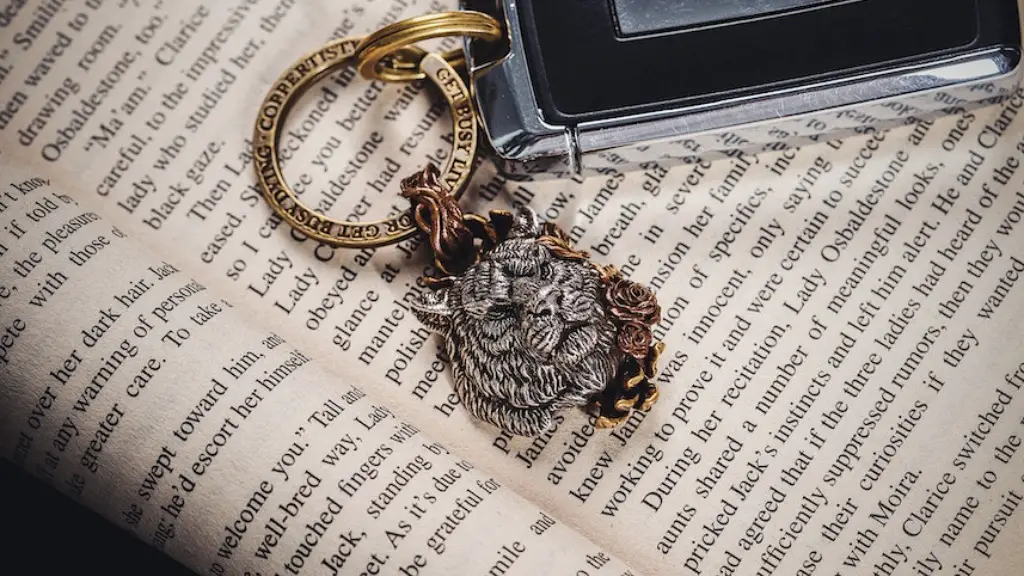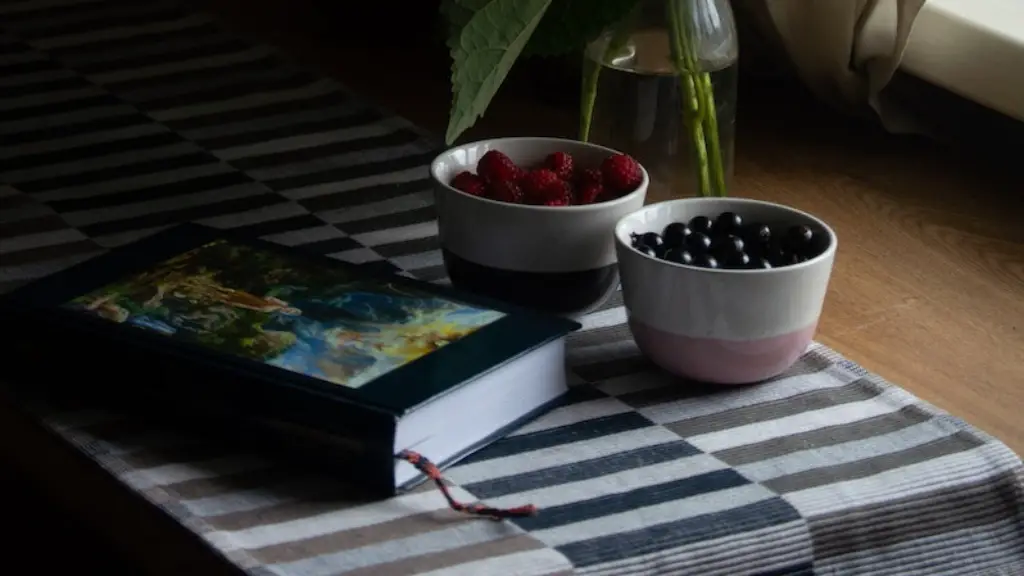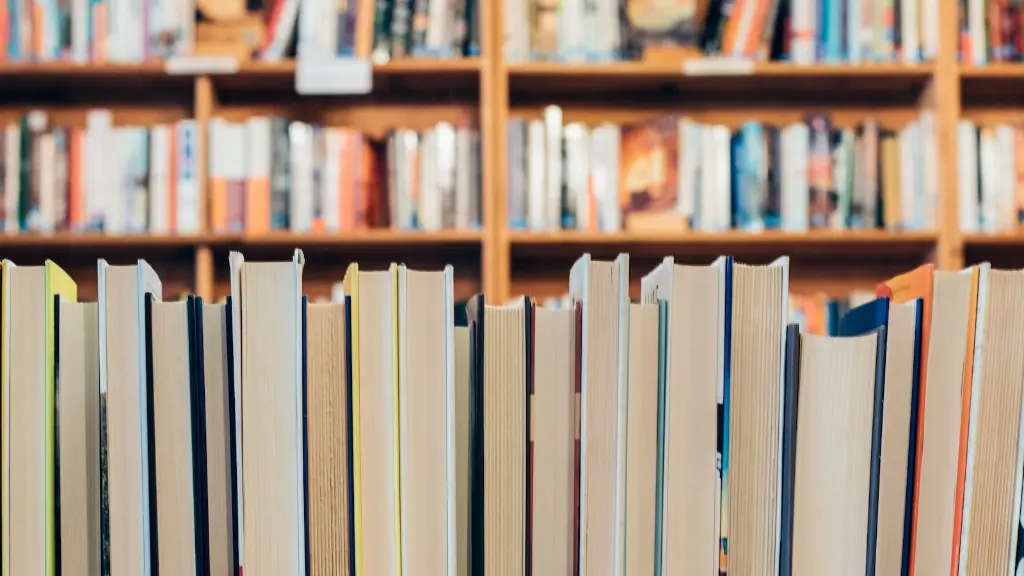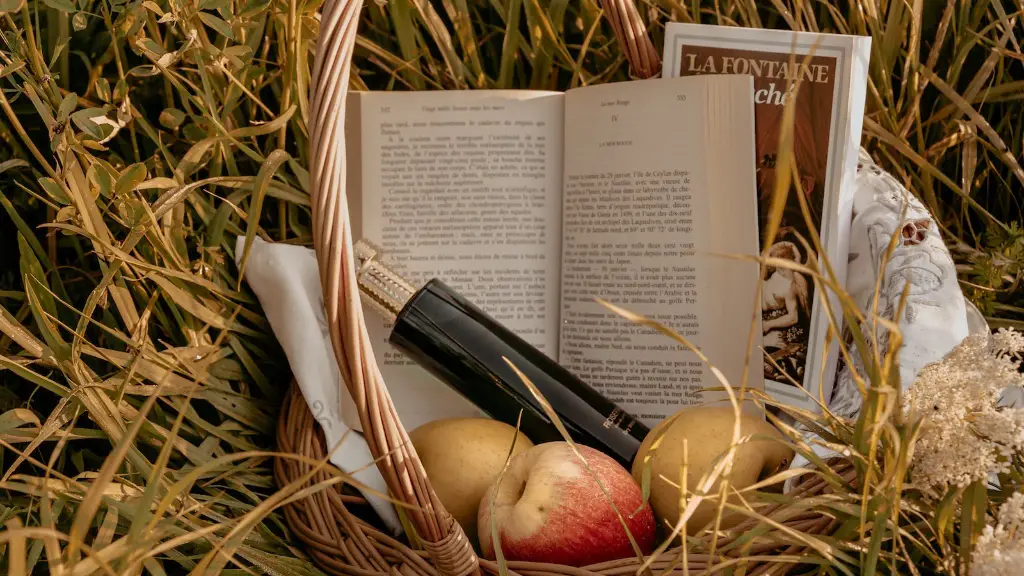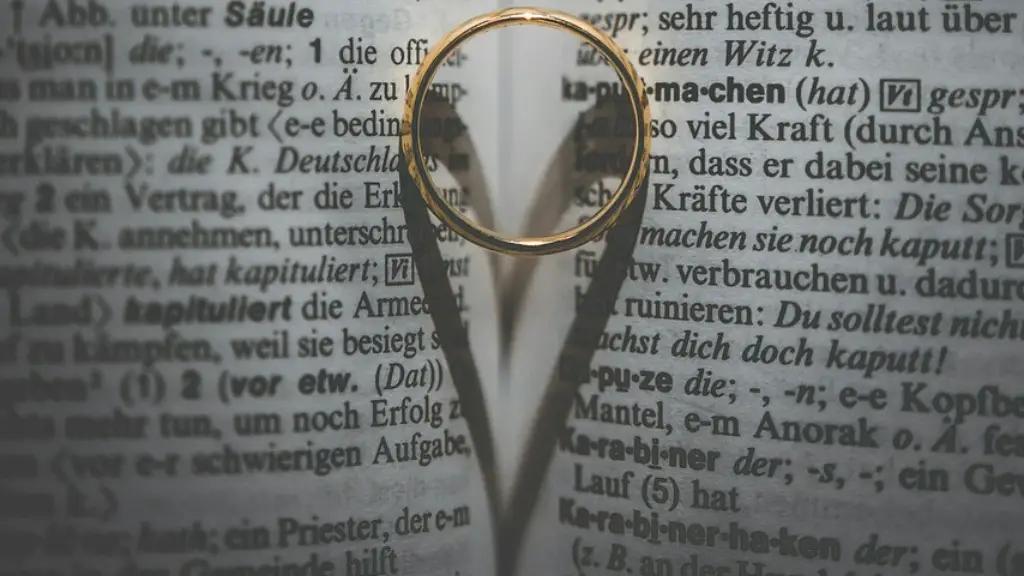Poetry is an expressive art form that brings together the most powerful words and profound emotion. It dates back to ancient times and continues to be used to express complex emotions and stories today. Poetry can be highly personal or provide a wider collective context, but regardless of form and intent, certain elements of poetry remain constant.
At the core of all poetry is language, used to construct a work of art created to draw the reader in. Through its use of metaphor, imagery, and sound patterns, poets are able to craft language in ways that express concepts and ideas in powerful, evocative ways. A poem can be decoded, to understand its meaning and deeper aspects, or it can be left untouched, to enjoy its beauty, cadence, and form.
When considering a poem, there are also various ways of representing it. This means it can take on different styles — from the traditional to the experimental — depending on the author and form. Here, we look at some of the key stylistic distinctions in poetry to help demystify the struggle to understand it.
1. Formal Verse
Formal poetry is a traditional style that follows its own set of rules. It’s often associated with the iambic pentameter (five stresses on each line), such as Shakespeare’s sonnets. Another example of a formal style of poetry is the haiku — a Japanese form of poetry that consists of three lines, with five syllables in the first line, seven in the second, and five in the third.
Forms of formal poetry share common features such as a set line length, form and a regular rhyme or meter — each line follows a predictable rhythm that gives a poem its overall shape, sound, and meaning. Formal verse is well-structured, with a specific form and length, and often makes use of rhyme and meter.
Forms of formal poetry can also be divided according to their form and length. Examples can include sonnets, odes, and lyric poems. More modern and avant-garde forms of poetry, such as free verse and spoken word can also be described as formal verse, due to their structured form and adherence to a specific layout.
2. Free Verse
When compared to formal verse, free verse is often seen as an opportunity for experimentation and exploration. It doesn’t require any regular rhyme or meter and it is not bound to any specific form. Lines are usually of varied length, and the poet is free to explore any number of topics or ideas.
Free verse also offers more room for creativity. The poet can choose to combine words, alter their meaning, and/or create powerful imagery throughout the poem as an attempt to transcend language and create connection between language and emotion. Poets who are interested in this type of poetic style tend to reject the aesthetics of rhymes and meter in favour of exploring ideas, feelings, and the creative process itself.
One of the advantages of free verse is its flexibility. This means poets can try out varying rhythms, associations and images until they find what works. As a result, its ambiguity gives poets the opportunity to convey emotions and ideas in an unconstrained way, leaving the interpretation up to the audience.
3. Spoken Word
Spoken word is the art of using words to tell stories and explore ideas. Spoken word poets are usually passionate about using the power of language to inform, educate and entertain audiences. This type of poetry is often more narrative-driven than traditional verse, and is best enjoyed when performed out loud as part of a performance.
When compared to formal verse and free verse, spoken word is a little more flexible in terms of its structure. Therefore, there is more room for improvisation and personal interpretation. This allows for more creativity when constructing the work and it makes it easier for the poet to communicate their ideas in a more meaningful and engaging way.
In spoken word poetry, the rhythm of the poet’s delivery is key. It helps to draw out meaning and add an extra dimension of depth and emotion to their words. Poets often play with delivery, timing and pauses to evoke a certain emotional response from their audience, making it a particularly powerful performing art.
4. Narrative Poetry
Narrative poetry is a story told through words. It’s used to document history and entertain readers. Examples of narrative poetry date all the way back to Homer’s Odyssey and The Epic of Gilgamesh, but more contemporary poets such as Robert Frost and Edgar Allen Poe also write poetry that follows this form.
Narrative poetry has a few key elements: a protagonist, a setting, and some kind of conflict or challenge. Overall, it has a structure similar to that of a story, with a beginning, middle and end, usually delivered with a strong rhythmic pattern. This structure allows for deep exploration and development of characters, plot and ideas.
Narrative poetry is also a device to explore different emotions and themes such as love, loss, and relationships, in a more creative and expressive way. Sometimes the character and narrative serve as a metaphor for a broader idea, and in other cases the story or message is the explicit focus.
5. Lyric Poetry
Lyric poetry is one of the oldest forms of poetry, often full of emotionally charged language. Its focus is usually the exploration of strong emotions and ideas, making it the perfect platform for the expression of joy and heartbreak. This type of poetry falls closer to ‘songs without music’, as it relies heavily on musical elements like meter, rhythm, tone and melody.
The subject matter of lyric poetry is often personal or reflective, as it focuses heavily on the feelings and emotions of the poet. Through clever use of language and imagery, poets are able to represent their innermost thoughts and feelings in a creative way. Examples of lyric poets include Emily Dickinson and William Wordsworth.
Lyric poetry’s main focus is on style, rather than the content or the plot. It’s a powerful tool to express a multitude of personal experiences, as it allows for an exploration of the poet’s emotions without the limitations of plot or narrative.
6. Epics & Ballads
Epic and ballad poetry are related forms that usually tell a story, often with grand heroic themes. The former is usually a long poem composed in a formal style and features a hero who performs great deeds and is often larger than life. Examples include the Iliad, Odyssey, and Beowulf.
On the other hand, ballads are usually shorter and contain narrative elements — such as characters and scenes — that are often derived from folklore. They also include a chorus or repeated phrase, and often contain elements of romanticism and tragedy.
Both epics and ballads are particularly effective when performed aloud, as they make use of a variety of sound devices such as anaphora (repeating a phrase at the beginning of successive lines of a poem) and alliteration (repeating the same sound in the beginning of successive words).
7. Performance Poetry
Performance poetry is a form of poetry that is meant to be performed. It is usually done in front of an audience in a spoken-word style — usually with the poet speaking in time with background music. This type of poetry is often more dynamic, and has the flexibility to explore a range of different topics, from personal to socially relevant.
Performance poetry is an incredibly powerful art form, as it allows the poet to play with the format and structure of language to truly bring the words to life. This can include bringing attention to particular words and phrases, using facial expressions and gestures, or even using props to create a deeper impact.
By making use of different creative elements, performance poetry can be used to engage audiences and provoke thought, often with powerful results. Famous spoken word poets include Maya Angelou, Saul Williams, and Sabrina Benaim.
8. Experimental Poetry
Experimental poetry is a form of art that pushes the boundary of a traditional poem and is often associated with avant-garde writing. It includes tactics such as breaking language barriers, combining text and visuals, or writing pieces that push the limits of conventional style.
In this form of poetry, there are no rules or traditional structures, providing freedom for the poet to explore new ideas. For example, some experimental poets might choose to combine words with visual art, or deliberately disrupt the syntax of language to create an entirely new form. Other techniques might include the use of sound, such as found sounds, music, or other recordings.
Experimental poetry can also be used for social and political expression, as with any form of poetry, the element of creativity allows for poets to reflect on modern issues, raising questions and providing alternative perspectives.
9. Slam Poetry
Slam poetry is a form of poem that is typically performed in a spoken-word format in front of a live audience. This type of poetry often involves language and themes that are dramatic, emotive, and passionate, making use of a variety of literary devices and literary styles.
Unlike other forms of poetry, slam poets often rely heavily on body language and stress within a performance piece, adding an extra layer of depth and intensity. Unlike the traditional poem where you are standing alone, the focus is on engaging with the audience, connecting with them and stirring emotion. Poets often have three minutes to make their point, leaving the audience with something to remember.
Slam poetry often touches on themes of inequality, injustice and difficult conversations, with the aim of speaking truth to power. It has often been used as a platform for social change, with an increasing focus on activist-led poetry events.
10. Concrete Poetry
Concrete poetry (or shape poetry) is a form of poetry that is written in a very precise and structured way. This type of poem relies heavily on the visual organisation of words, with precise language underpinning the visual aspect of the poem.
In concrete poetry, the poet focuses on the visual appeal of the poem, using placement and font size to create the desired effect. This particular type of poetry is often conceptual in nature, and makes use of symbols and patterns in order to convey its message. Most often, the poem is written in a way that follows the shape of the object it is describing.
Concrete poetry is a great way to experiment with language and to push the boundaries of what a poem can look like. By incorporating visuals into a poem, it can often help to communicate an emotion or message in a concise and creative way.
